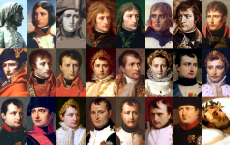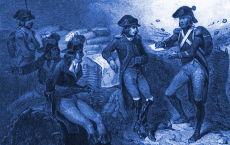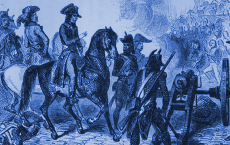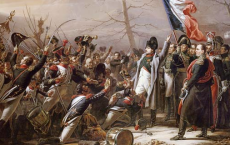A giant of the History of France
From Napoleon's birth in Ajaccio to his exile to Saint Helena, half a century has gone past; less than a quarter, from the siege of Toulon in December 1793 to Waterloo in June 1815 – from the advent of Captain Napoleone Buonaparte in History to the final defeat of the Emperor Napoleon the Great. In-between all this, so much of activity! Such a great amount of energy displayed on a stage which moves from Madrid to Berlin, from Cairo to Moscow!
From 1799 to 1814, his hand rectified the map of Europe almost every year, distributed crowns, from the most ancient ones as the Crown of Spain to the more ephemeral ones such as the Crown of Westphalia. In 1807, he entered Berlin as a victor, he humiliated Prussia and he dealt on a one-to-one basis with Emperor Alexander I of Russia. In 1808, Madrid fell; in 1809, it was Vienna's turn. In 1810, the Emperor of Austria Francis I gave him in marriage his daughter Maria-Luisa of Austria.
However this vitality eventually exhausted the instruments which made a Corsican Second-Lieutenant the Emperor of the French people: France initially, followed by the army and especially its chiefs, who owed him so much, tired of the frantic pace that Napoleon imposed on them, the sacrifices that he demanded of them, and above all the upsets which were piling up ever since the disastrous Russian campaign in 1812. The victor of Austerlitz had to abdicate, twice over, as he always simply had to exceed common measures. History could subsequently get back to a peaceful run. As for the exiled man, he had six years at his disposal in order to polish up his legend.
These facts are the ones that we shall attempt to gather herein.







